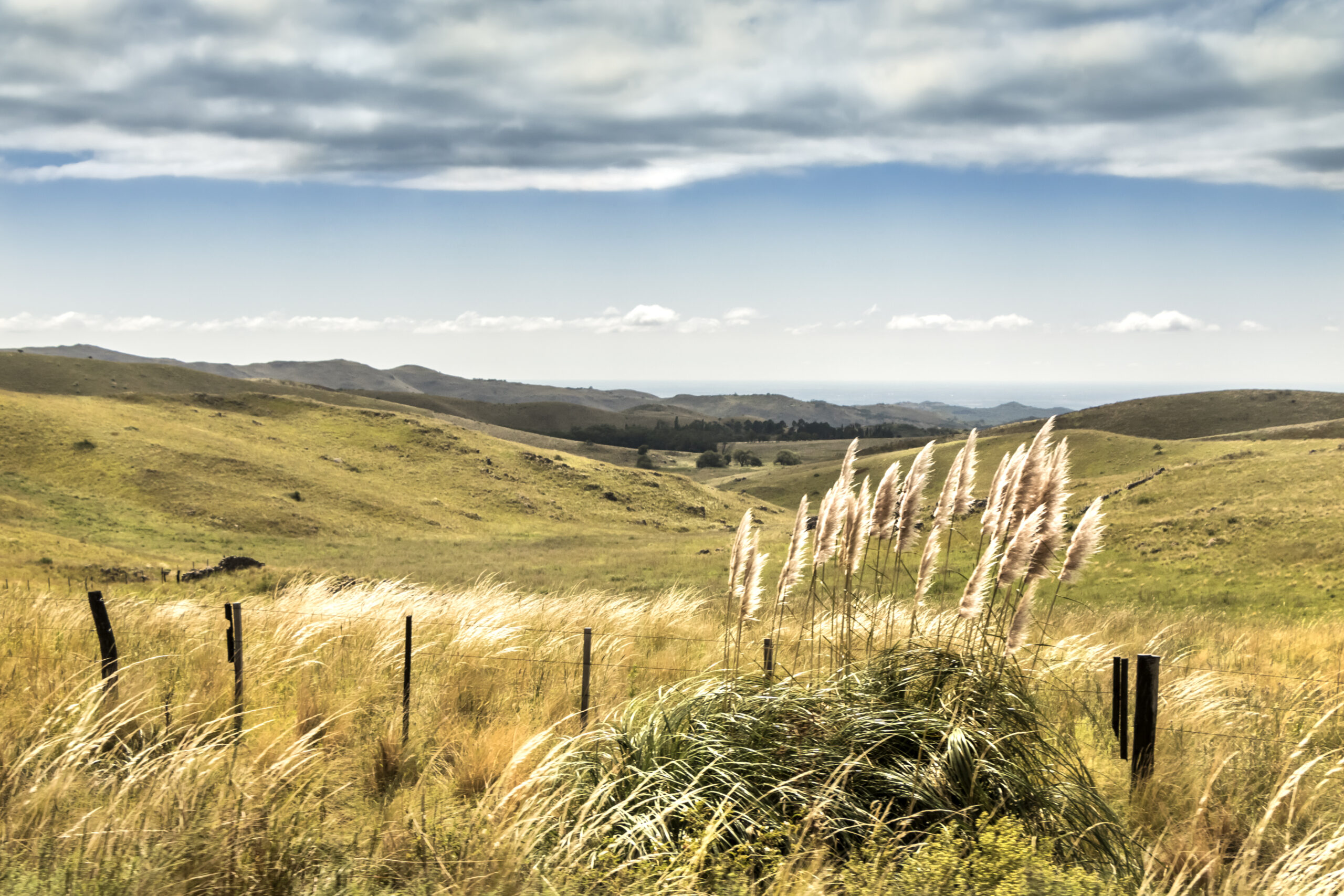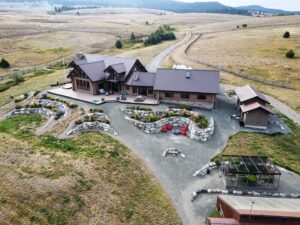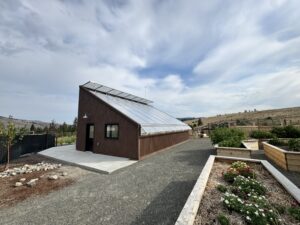BioRegen Index: Pampas as a Case Study by González, D.A., Sica, Y.V., and Solari, L.M. is a study that was requested and fully financed by 5th World. It reflects our continued investment in scientific research as the foundation of regenerative practice and a driver of innovation.
As ecosystems face increasing pressures, we remain dedicated to deepening our understanding of the living systems we work within. By combining field data with evolving scientific insight, we ensure our regenerative solutions are evidence-based, measurable, and capable of supporting long-term ecological health. This work is part of our broader mission to accelerate the world’s transition to regenerative, distributed energy, water, and food systems.
Abstract
Biodiversity loss driven by agricultural intensification presents a significant challenge to achieving sustainable food systems. The BioRegen Index is introduced as an outcome-based, multi-metric assessment tool designed to evaluate the impacts of farm management practices on biodiversity at the property scale. By integrating ecological indicators across structural, compositional, and functional components, the Index provides a standardized yet adaptable approach to quantify ecological integrity within agricultural landscapes.
The methodology encompasses remote sensing, field surveys, and quantitative ecological metrics to capture the complexity of agroecosystems. Implemented as a pilot in central Argentina’s Pampas region, the Index was applied to eight farms representing a spectrum of management practices from conventional to regenerative and agroecological systems. Biodiversity monitoring focused on five taxonomic groups—birds, anurans, vegetation, pollinator arthropods, and ground-dwelling arthropods—using standardized protocols. Indicators were selected based on their responsiveness to management practices, and targets were established using observed values, ensuring context-specific relevance.
Results demonstrated the Index’s ability to differentiate between management types, with regenerative farms exhibiting consistently higher biodiversity scores. The approach revealed variability within land use categories, highlighting critical areas for targeted interventions.
Despite some data limitations, particularly in vegetation and anuran surveys, the Index proved practical for use within moderate resource inputs. Moreover, its flexible structure allows for regional adaptation and possible integration of emerging technologies such as acoustic monitoring.
The BioRegen Index advances the toolkit available for biodiversity monitoring in agricultural systems, supporting adaptive management and policy-making. By linking biodiversity outcomes with land stewardship practices, the Index has the potential to guide transitions toward regenerative agriculture and contribute to global biodiversity targets.
Read the full paper: BioRegen Index: Pampas as a Case Study.





